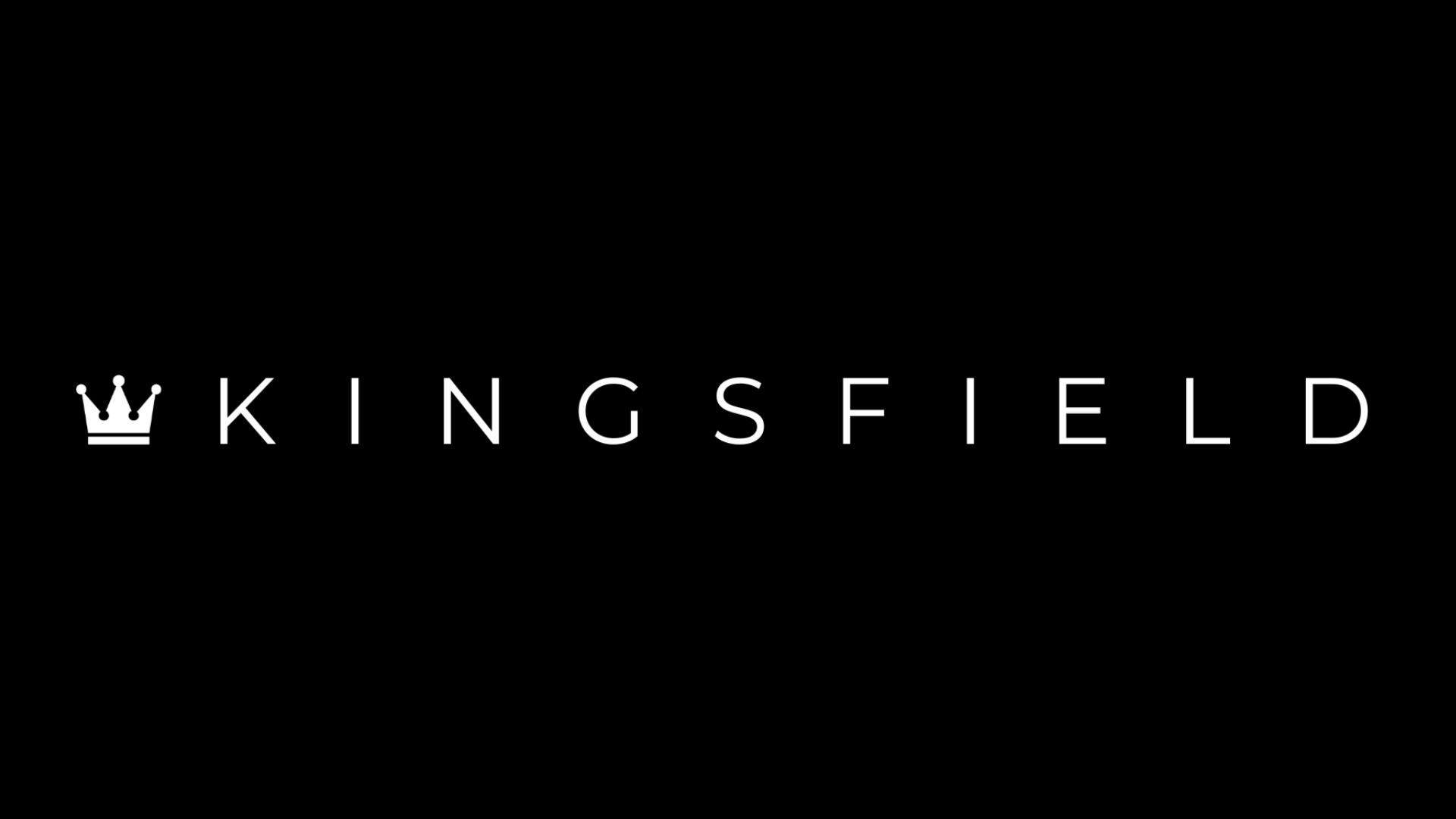By Reading This Article you Will Get the Following:
- What is Self Myofascial Release?
- What are the Benefits of Intermittent Fasting?
- Why You Should Incorporate Self Myofascial Release
What is Self Myofascial Release?
If you have ever suffered from, or have treated someone who suffers from myofascial trigger point pain, this is a must read for you.
Lets first discuss myofascial trigger points—tiny contraction knots that develop in a muscle. This can happen when a muscle is injured or overworked. The knot is caused by restricted circulation and lack of oxygen. Massage of the trigger point is the safest, most natural, and most effective form of pain therapy. Trigger points can create pain throughout the body in predictable patterns characteristic to each muscle, producing discomfort. Sometimes moderate, sometime severe these trigger points can be relieved through effective forms of myofascial release. Trigger point massage increases circulation and oxygenation in the area and often produces instant relief.
What is Fascia?

To understand myofascial release, we must first understand fascia. To put in simple terms, Imagine a very strong dew-covered spider web encircling a shrub. And between the gaps in the threads is a clear gel, rather than air. If you can picture this, then you’re on your way to understanding fascia. This 3D complex matrix threads itself throughout our body, surrounding our muscles, organs, nerves, bones, and blood vessels. All of this is held together and in place by our fascia. It is impressively flexible and infinitely adaptable. The connective fascia tissue, when placed under stress, can adapt.
How tightness can impact your athletic performance.

- Trigger points can restrict blood flow and oxygen to certain muscle groups
- Trigger points can put the body out of normal muscular alignment
- Myofascial release can be effective when done properly to relieve trigger points
Foam rolling is one way to perform self myofascial release. The video shows the correct way to foam roll your lower body.
Note: This video is sped up 3x speed.
Here are some tips when performing this method of myofascial release:
- Use the foam roller to roll at a rate of about 1 inch per second
- If you find a tender spot, sit on it and allow the foam roller to help with the fascia release
- Roll towards the heart for maximum blood flow
Have more questions on foam rolling? This article will answer them>>>
Why You Should Incorporate Self Myofascial Release:
The main benefits of self myofascial release are:
- Decrease of tension in the muscles
- Relief of muscle soreness or tightness
- Increased range of motion in the joints
- Increased blood flow to the muscles (which aid in recovery)
- Corrects muscle imbalances
When is the best time to apply Self Myofascial Release?
The most common times to perform self myofascial release are before and after a workout, as well as on rest or recovery days.
Before a workout, you should perform SRM because of the increased range of motion and increase in blood flow, which will help your muscles feel warm prior to exercise. Foam rolling combined with an appropriate dynamic warmup and muscle activation exercises is the optimal way any athlete should warm up.
Self myofascial release should be performed after your workout or competition as well. You should focus on the muscles that were worked and potentially the most over worked during your recent activity or workout.
Summary:
Self myofascial release can be an effective form of recovery when done properly. Educating yourself on the best tools and techniques to use can help you improve your recovery and reduce your risk of injury. Learning self myofascial release can also save you time and expensive visits to the massage therapists.
Other Ways to Improve Your Wellness:
- Focus on your diet
- Ensure you are getting enough electrolytes
- Use resistance bands instead of free weights when possible
- Try intermittent fasting
- Have a positive mindset
- Focus on form first
- Try our 10 minute meditation routine
Connect with Kingsfield Fitness:
Instagram: @KingsfieldFitness
Twitter: @Kingsfield_Fit
Facebook @KingsfieldFitness
Youtube: Kingsfield Fitness
LinkedIn: KingsfieldFitness


